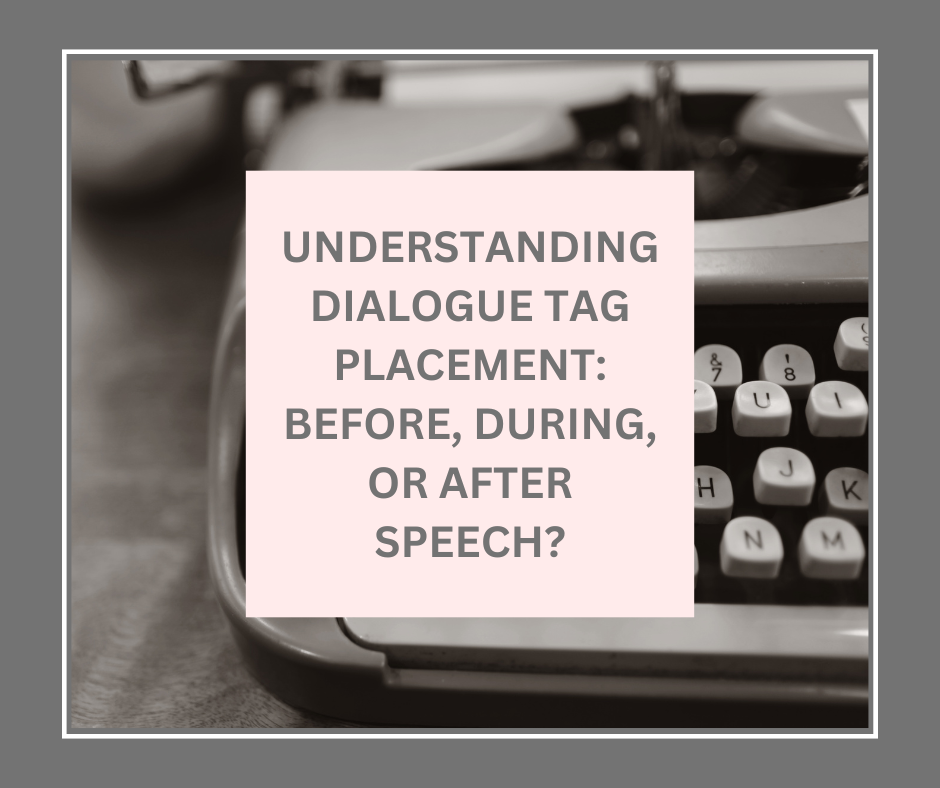How to use action beats in dialogue
- lornahinde8
- Oct 15
- 2 min read
Updated: Oct 16
When it comes to writing fiction, dialogue is where your characters really come alive. But real conversations are more than just words – people fidget, gesture, avoid eye contact, or pace the room while speaking. These little details – called action beats – are what give dialogue texture and make it feel real.
In this post, I'll talk about what action beats are, how to use them, and (the part that trips a lot of writers up) how to punctuate them without getting tangled in commas and quotation marks.
What are action beats?
Action beats are brief descriptions that show what a character is doing as they speak. They can be gestures, facial expressions or movements that reveal emotion and add rhythm to the conversation.
Without an action beat:
‘I’m not sure,’ Ian said.
With an action beat:
‘I’m not sure.’ Ian rubbed his chin thoughtfully.
Do you see the difference? The second line gives us a clearer picture of how Ian's feeling.
How to use action beats in dialogue
As with dialogue tags (i.e., he said, she asked, etc.), where you place an action beat changes the pacing and feel of the scene.
1. Before dialogue
Sets the tone before the words come out.
Jen ran a hand through her hair. ‘I don’t know what to do anymore.’
2. After dialogue
Shows reaction or body language after speaking.
‘I don't know what to do anymore.’ She crossed her arms, her shoulders stiffening.
3. Interrupting dialogue
Adds pauses, hesitation, or a shift in tone.
‘I don’t know,’ she said, biting her lip, ‘maybe we should try again later.’
Punctuation and capitalisation
This is where a lot of writers can get stuck, so let's look at some examples to break it down.
If you use an action beat with no dialogue tag
Treat it like a brand-new sentence
The dialogue ends with a period and the action beat starts with a capital letter
Example:
‘I don't know.’ Ian shook his head.
If you use an action beat with a dialogue tag
Use a comma after the dialogue tag
The action beat continues the sentence, so it starts with a lowercase letter (unless it's a proper noun)
Example:
‘I don't know,’ Ian said, shaking his head.
If the action beat interrupts dialogue
Use commas or other punctuation as usual inside the quotes
Example:
‘I don't know,’ Ian said, shaking his head. ‘Maybe we should go.’
Once you remember the difference between an action beat and a dialogue tag, the punctuation and capitalisation get much easier.
Quick summary
Action beats show what a character is doing as they speak, whether it's movement, gestures or emotions
Where you place the action beat (before, after or interrupting dialogue) affects the tone and pacing of the scene
Action beats = full stop, capital letter (just like a normal sentence)
Tags = comma, lowercase
Need help catching issues like these in your manuscript?
I specialise in proofreading for authors – fiction and business non-fiction – and I'd love to help you polish your manuscript, ready for publication. Contact me here or learn more about my services.






Comments